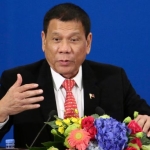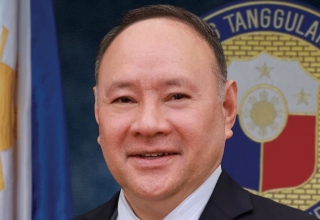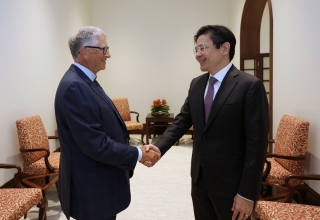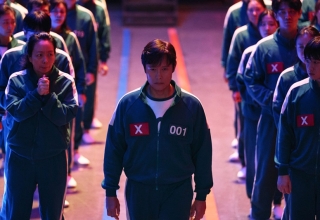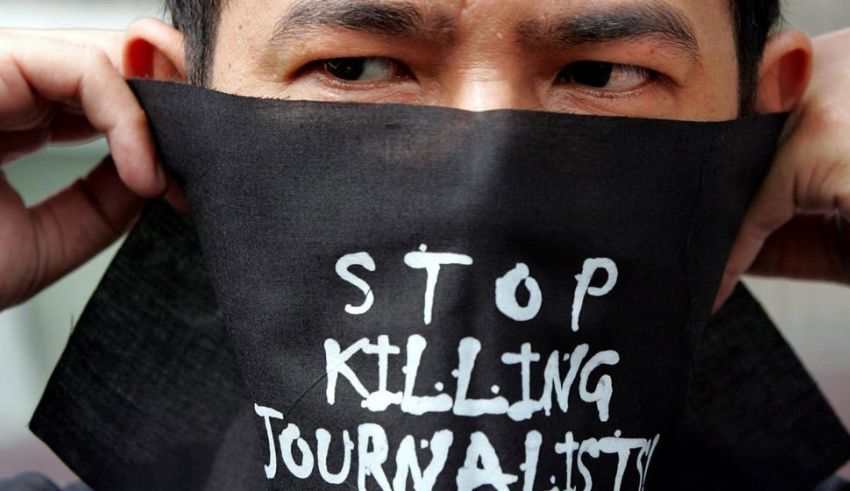
In a disheartening revelation, the Philippines finds itself once again entrenched in an unsettling pattern, as it secures its unwelcome position on the Global Impunity Index for the 16th consecutive year. This annual list, unveiled by the Committee to Protect Journalists (CPJ), unveils a distressing truth – the killers of journalists in the Philippines continue to evade justice.
Landing in the eighth spot of this disheartening index, the country wrestles with a grim distinction – being among the nations where the murderers of journalists roam free. It’s a marginally better position than the previous year’s seventh, but the overall sentiment is one of despair and frustration.
This persistence in the ranking can be attributed to the inclusion of Haiti in the index, a ranking system designed to shed light on unsolved journalist murders over the past decade in relation to the country’s population.
Extrajudicial Killings and Philippine Journalists
The Philippines stands in the company of a select group of nations that have consistently held positions on the Global Impunity Index since its inception in 2008. This dubious club includes Somalia, Iraq, Mexico, Pakistan, and India, all of whom share the grim distinction of not bringing the perpetrators of journalist murders to justice.
This index is a grim reminder of deliberate journalist assassinations in retaliation for their work, a span that stretches from September 1, 2013, to August 31, 2023. The numbers paint a dire picture; unsolved journalist murders in the Philippines have surged from 14 to a staggering 20 in the latest index.
The new additions include the heart-wrenching cases of Renato Blanco in Negros Oriental on September 18, 2022, Percy Mabasa in Las Piñas on October 3, 2022, and Cris Bundoquin in Oriental Mindoro on May 31, 2023. Additionally, four other cases now find themselves on the list, having had the motives behind their killings ascertained.
Keep Reading
While a change in administration had sparked hopes of a more journalist-friendly environment, the reality on the ground is far from reassuring. Despite a shift in the presidential tone, the deeply ingrained culture of self-censorship continues to stifle the media, and meaningful steps towards restoring press freedom remain elusive.
These numbers reveal a grim truth – the Philippines remains a perilous place for journalists, particularly those in radio journalism. The resilience of this culture of impunity and the lack of substantial measures to protect journalists paint a dire picture.
These unsolved cases underscore a profound issue that transcends mere legal complications – it signifies a systemic issue of violence against journalists. The CPJ’s report exposes a troubling narrative that showcases the precarious circumstances in which journalists in the Philippines operate.
The Philippines has previously made progress in improving its standing on such global indices. However, the menace of impunity remains a stark challenge that demands attention and concerted efforts.

